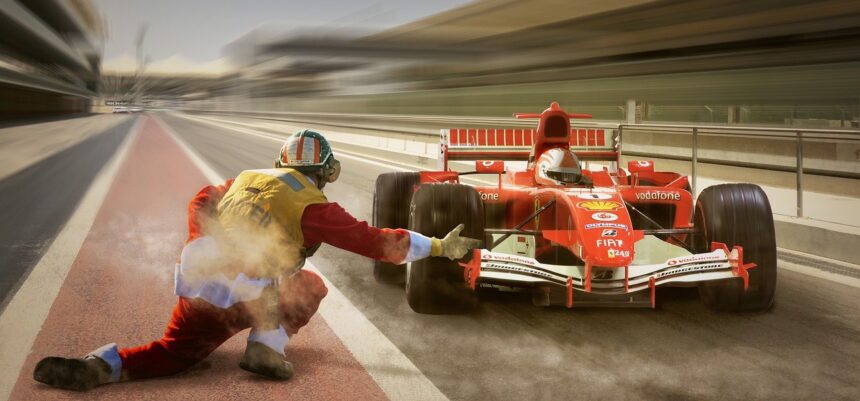Motorsports have long played a pivotal role in shaping the automotive industry. From technological advancements to aesthetic inspirations, the lessons learned on the racetrack often make their way into the cars we drive daily. The competitive world of high-performance racing continuously pushes the limits of engineering, leading to innovations that improve safety, efficiency, and overall vehicle performance.
The Evolution of Automotive Design Through Racing
The world of motorsports has consistently been a testing ground for automotive engineering. Racing teams and manufacturers invest heavily in research and development, using motorsports as an experimental platform. Advanced aerodynamics, lightweight materials, and enhanced engine performance are just a few of the breakthroughs that have transitioned from the track to mainstream production vehicles.
Aerodynamics, for example, plays a crucial role in race car performance, affecting speed, handling, and fuel efficiency. Car manufacturers have adopted these principles in consumer vehicles, incorporating elements such as rear spoilers, diffusers, and air intakes to improve stability and reduce drag. Additionally, motorsports have influenced the development of hybrid and electric powertrains as race teams seek ways to maximize energy efficiency while maintaining high performance.
Safety Innovations Derived from Motorsports
One of the most critical areas where motorsports have influenced the automotive industry is safety. Racing organizations, such as Formula 1 and NASCAR, have led the way in implementing life-saving technologies that have eventually become standard in road cars. Features such as anti-lock braking systems (ABS), traction control, and crumple zones originated in motorsports before becoming widespread in commercial vehicles.
The development of high-strength materials and roll cage structures in race cars has inspired manufacturers to create safer passenger compartments. Innovations such as energy-absorbing crash structures and side-impact protection have significantly reduced fatalities and injuries on public roads. Motorsports also emphasize the importance of driver safety gear, leading to advancements in seatbelt technology and airbag deployment systems.
Performance Enhancements in Everyday Cars
Motorsports continuously push the boundaries of vehicle performance, and many of these improvements are eventually integrated into consumer automobiles. Technologies such as turbocharging, fuel injection, and advanced suspension systems were first refined on the racetrack before becoming standard features in performance-oriented road cars.
Braking systems have also seen substantial advancements due to motorsports. Carbon-ceramic brake discs, initially developed for race cars, are now found in high-performance road vehicles due to their superior heat resistance and braking efficiency. Similarly, electronic stability control (ESC) was initially designed to help race drivers maintain control at high speeds but has since been implemented to improve handling and safety in everyday driving conditions.
The Role of Motorsports in Fuel Efficiency and Sustainability

In recent years, motorsports have played a crucial role in developing sustainable automotive technologies. Racing series such as Formula E and endurance racing championships have become testing grounds for electric and hybrid vehicle advancements. Automakers use these platforms to explore new ways of improving battery efficiency, regenerative braking, and lightweight construction materials.
The lessons learned from these racing series have led to significant improvements in electric vehicle (EV) technology. Battery range, charging speed, and thermal management systems have all seen enhancements due to motorsport involvement. As governments worldwide push for reduced emissions, motorsports will continue to drive the evolution of eco-friendly transportation solutions.
Conclusion: The Lasting Legacy of Motorsports on Car Design
Motorsports serve as a crucial link between cutting-edge automotive technology and consumer vehicles. From aerodynamics to safety features and from performance enhancements to sustainability, the racetrack remains the ultimate testing ground for innovations that shape the future of driving. As technology advances, motorsports will continue to play a vital role in influencing car design, ensuring that the vehicles of tomorrow are safer, faster, and more efficient.
